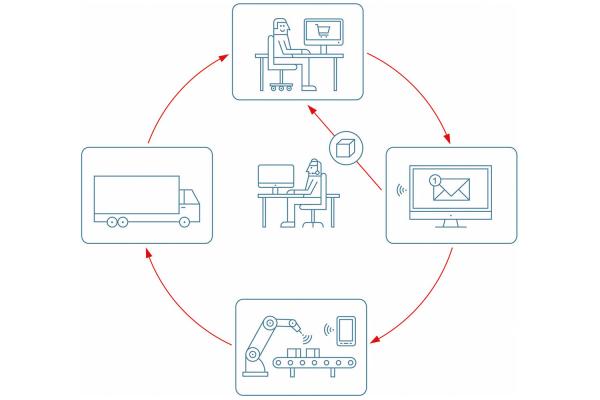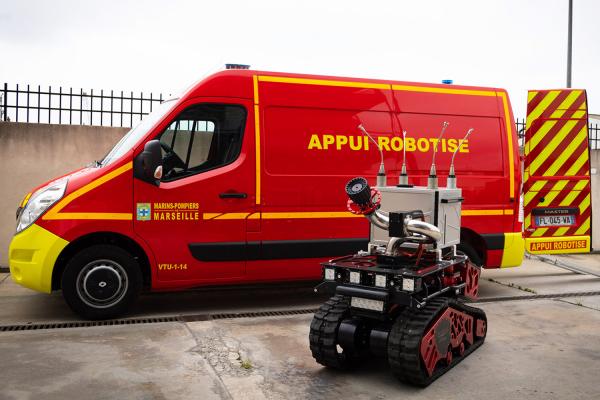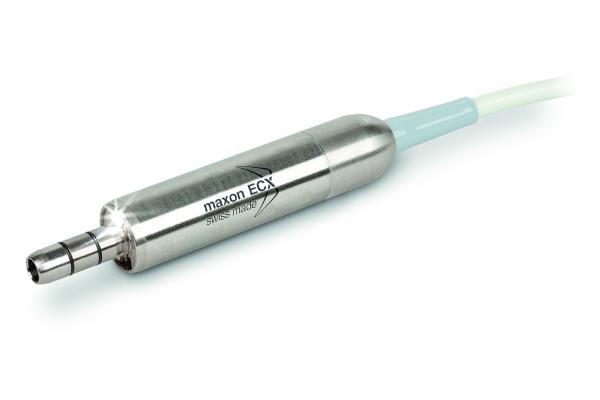COVID-19’s impact on manufacturing has created a number of business roadblocks, including order cancelations, large fluctuations in demand, supply chain issues, and reduced production capacities. Additionally, even when components were available, many companies found that closures and partial closures caused drastic shortages, increasing back orders and extending lead times further and further out. This impact isn’t over and is expected to last for months more, especially with the threat of a second wave of outbreaks.
Catching up with production schedules even once businesses get back to full throughput may stretch out even longer than originally expected. The scale of this global disruption is unprecedented, and the lack of proven concepts leaves many companies scrambling. The result is that businesses around the globe and across different industries are looking for new approaches and are sharing best practices. Collaborating across internal department boundaries and extending the communication to involve global partners, customers, and vendors will help companies navigate the extensive challenges and will enable the industry to recover quickly and as efficiently as possible.
Supply-Chain Issues for Components
Similar to battling any manufacturing crisis, the number-one factor in attending to component shortages is to take swift action. This means communicating early on with all stakeholders. Focus should be placed on learning to collaborate wherever possible, to explore every idea that is brought up. This concept can be applied across all in-house departments, with multiple sites, and with each of your partners and suppliers. Gathering key information from each of these sources will allow your company to have a greater understanding of all the aspects of your supply chain.
Continual open communication is key even if a particular situation looks as though it’s running smoothly on the surface. Don’t allow any department to make assumptions of which they don’t have inside knowledge. And, most of all, be flexible and revisit your conclusions repeatedly. As a global operation, maxon found that they were exposed to the changes that COVID-19 was causing very early on. Because of this, maxon made a companywide decision to open its channels of communication while allowing personnel to work from home if at all possible. This quick response enabled them to address the challenges early and keep the business impact to a minimum.
Early action meant making sure employees had the right equipment and computers at home, the right internet capabilities, and the training needed to get them online and interacting with one another quickly and efficiently. With the ultimate goal of keeping everyone safe, action had to be swift. Plans to get everyone working from home did not exist when this crisis first hit, but for companies that were flexible and quick to evaluate what works and what doesn’t, a plan was devised. That plan has since been revised continually as more information has become available. This approach will ensure that as the situation evolves, the company is prepared—and will remain prepared if another crisis comes along.
It is critical to establish a response team. Companies are urged to create a cross-functional response team to monitor and adjust their operation methods so that they remain prepared well into the future. Every department is impacted by a crisis, on one level or another, including finance, purchasing, sales, HR, management, shipping and receiving, as well as engineering and design. The first task for a response team is to rate impacts to each department based on whether they are temporary or long term or whether they should result in permanent change. The team should then identify all critical aspects of the business that the crisis will affect and be sure to update everyone involved, while also refining the processes going forward.
Now, extend this response team approach outward. Include your customers, suppliers, and partners. As mentioned, understand the potential impact on all players. Remember, they are dealing with similar issues and will have their own ways to adjust. Perhaps a partner or supplier can actually shield you from some of your own impacts and vice versa. Work together, reach out early, and modify your commitments to one another. Share all relevant information. This will not only help both you and your customers, suppliers, and partners, but it will have a positive effect on strengthening your relationships with one another—a strength that will only provide you greater support in the future.
Finally, recognize that you may be asked to adjust based on the needs of customers. For example, meeting the demands of the medical community under the present crisis became a priority. Such shifts in focus could involve balancing the needs of multiple customers as you shift your operations for these urgent needs. On an engineering level, you may be required to look on a component-to-component level to see what adjustments can be made that will maintain the needs of the customer through slight adjustments to a design. How can you adapt to a project that won’t critically affect the outcome?

The global character of this particular crisis meant that the impact and response differed from one location to another. Sometimes local availability was present and sometimes it wasn’t. Opening to the global market in a focused and concerted manner allowed some companies to stay in operation. Taking advantage of global supply chains can only have a positive impact.
Engineering Challenges
Equally important as the implementation of appropriate logistics strategies is the adoption of engineering approaches and the definition of product portfolios that are resilient by design. In order to gain the ability to be flexible and to allow for broader capabilities, maxon recommends and has implemented a modular off-the-shelf product offering. This provides greater agility because components and processes can be shared across many products and systems. This component sharing allows customer requests to be fulfilled more easily, providing greater manufacturing capacity, and allowing for alternative products to be produced easily and quickly. Modular capabilities also allow maxon to provide fast turnarounds on sample quantities while allowing it to quickly scale to mass production when the customer’s design is mature.
An example of the company’s modular offerings includes a series of brushless DC motors, brushed DC motors, and gearheads (planetary, spur, and spindle). Added to this is a series of sensors and encoders, controllers of various types, and accessories such as brakes, cables, and adapters. The available combinations are endless, allowing maxon to adjust to its customers’ needs using off-the-shelf components. For engineers familiar with motion control, specifying and selection can all be performed using maxon’s online configurator. For designers who don’t have years of expertise in motion putting together a motion control system, maxon employs local applications engineers who can help you decide on the right solution for your application—the right shaft size, flange, bearing, winding, and interconnection—all based on the modular platform they’ve created. Data sheets and 3D drawings are also available for immediate download.
The online configuration tool allows you to quickly configure the components required for your application and provides instant access to all the necessary technical documents and purchasing information including availability and lead time. This is especially helpful when urgent needs arise or when you are evaluating alternative designs. With the help of the online tools you’ll be able to review the features and capabilities of available products and can determine if they meet your minimal viable product capabilities.
Ultimately, now might be the time to reach out and tap into the specialized expertise of your suppliers and partners. Take advantage of the engineering resources they provide and benefit from the experience they have in their specific field. By collaborating with companies that provide local technical and sales support and at the same time offer global manufacturing, logistics, and services, you are able to get the best of both worlds and strengthen your business.
Author: Christian Fritz, Director of Business Development and Applications Engineering, maxon USA





